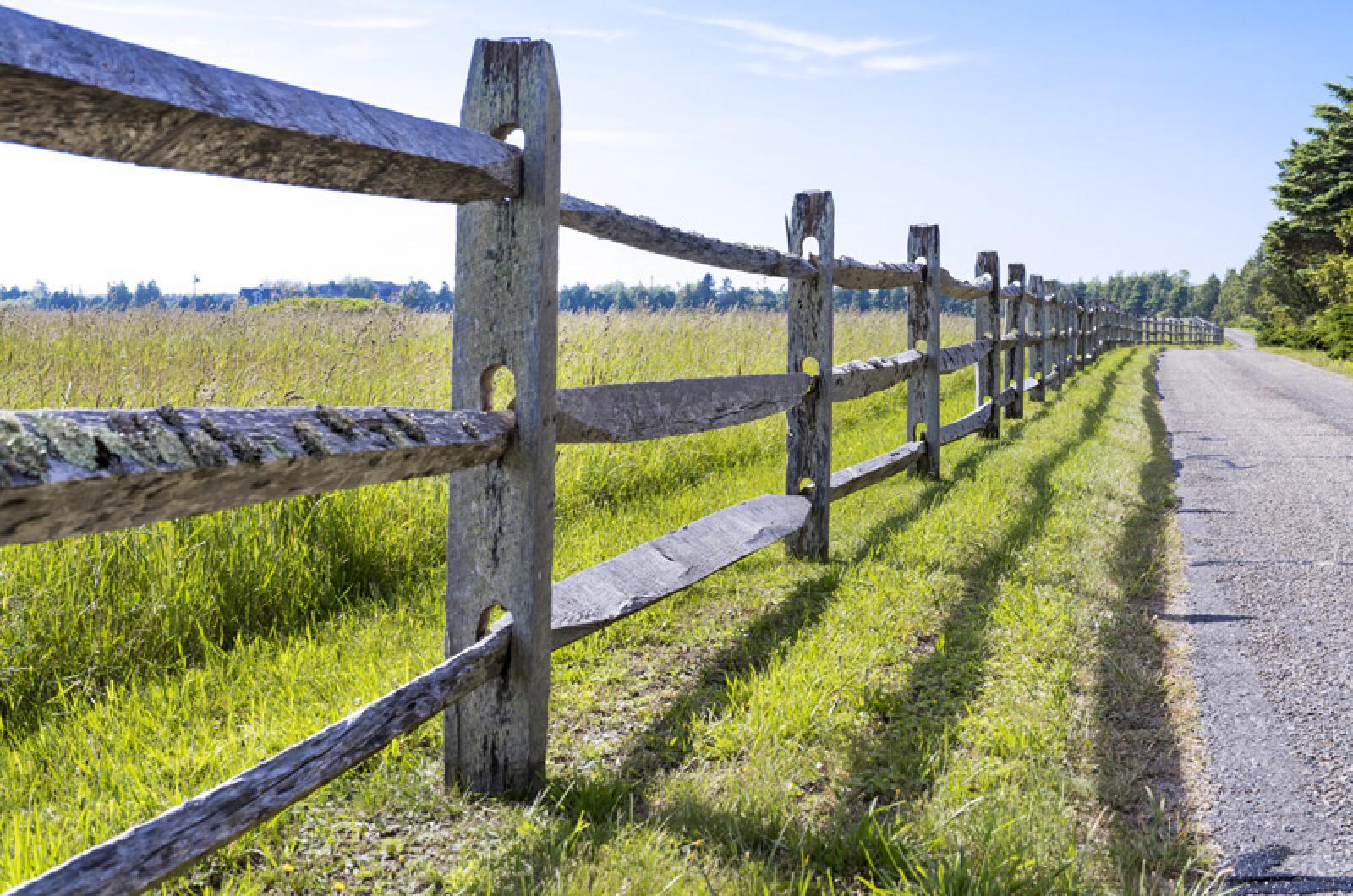The return of grasshopper sparrows to the Great Plains of Katama in Edgartown this past summer was heralded by Island conservationists as a hopeful sign of ecological health.
It was equally hopeful to learn at the start of the new year that two grants had been awarded by Gov. Charlie Baker to The Trusteees of Reservations for restoration work that will protect native grasslands at the Katama plains and Long Point Wildlife Refuge in West Tisbury.
The grants totaling about fifty thousand dollars will be used to mow overgrown hedgerows at the Farm Institute and remove invasive plants from a wide, low-lying outwash plain at Long Point.
The grants are small but they nevertheless signify recognition at the highest levels of state government about the importance of preserving of and maintaining what remains of rare natural habitats on Martha’s Vineyard.
In fact the preservation efforts at Katama began with a state grant in 1984 when the town of Edgartown was awarded $1.5 million by the commonwealth to buy 190 acres that included the Katama Airfield and adjacent parcels. At the time the grant was the largest ever awarded through the state’s self-help program. The property transaction concluded the following year. There was widespread recognition of the rare flora and fauna at Katama, including butterfly weed, bushy rockrose, sandplain blue-eyed flax, the regal fritillary butterfly, short-eared owls — and of course grasshopper sparrows.
In the years that followed, conservation efforts at Katama redoubled. In 1993 The Nature Conservancy unveiled an ambitious global conservation initiative listing forty top priority conservation projects around the world. The initiative was called The Last 40 Great Places. The rare coastal heathlands of Martha’s Vineyard and Nantucket were number six on the list. “There’s the old saying that a prophet is not recognized in his own land,” declared Carter Roberts, who directed the Massachusetts program for The Nature Conservancy at the time. “The sandplain grasslands float to the top of this list because they are globally unique and Martha’s Vineyard and Nantucket are where 90 per cent of the sandplains occur,” he said.
Subsequently the Martha’s Vineyard Sandplain Restoration Project was formed, a coalition of Island conservationists dedicated to restoring and maintaining the grasslands.
And while the work has continued, in more recent years large-scale conservation initiatives have grown far more muted on the Vineyard, eclipsed by other issues, including social issues springing from growth and development.
Those are important too, but sometimes it’s worth remembering how the Island got here in the first place.
In that light, the recent state grants along with the return of the diminutive grasshopper sparrows with their light, two-note trill, is evidence that preserving native lands remains a priority.




Comments
Comment policy »